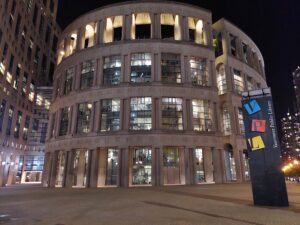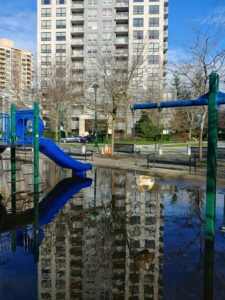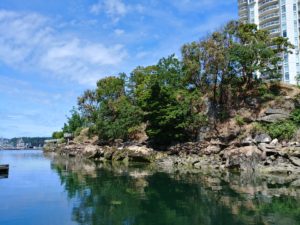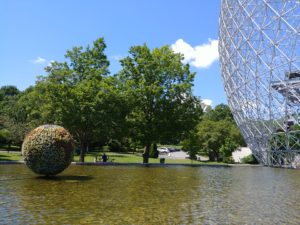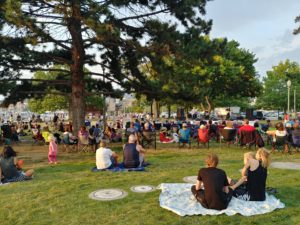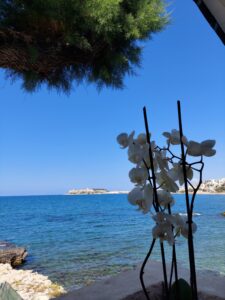By Riley Yesno. Reposted from Alliance 2030. Published on June 11, 2019.

Of all the guiding principles for the implementation of the Sustainable Development Goals, one stands out most to me: No one is to be left behind, and the furthest behind shall be reached first.
Looking at the history of Canada, and current national statistics relevant to the SDGs, it is clear who, in this country, is furthest and most often left behind: it is almost always Indigenous people.
I see the first SDG, ‘No Poverty’, and think about how Indigenous people are so grossly overrepresented among impoverished demographics; anywhere from 40-60 percent of Indigenous children are currently experiencing poverty in this country. SDG 5, ‘Gender Equality’, reminds me of the 2,000 or so murdered and missing Indigenous women and girls that we know of in Canada, and the staggering, disproportionate number of Indigenous women serving federal prison sentences; 32.6 per cent of those serving federal prison sentences are Indigenous women, despite our making up of only four percent of the female population in Canada. I read SDG 11, 12 and 13, all relating to sustainable environments and climate, and know that it is, and always have been, Indigenous communities that know how to best take care of the land and protect it.
You will find such significant correlations between Indigenous people and every SDG. The more correlations you find, the clearer it becomes that if Canada is to follow the 2030 Agenda principles and meet their commitments to the global goals, then reducing/eliminating inequities and collaborating with Indigenous communities is a necessity.
Canada, I think, knows this. Read the rest of the article here.





